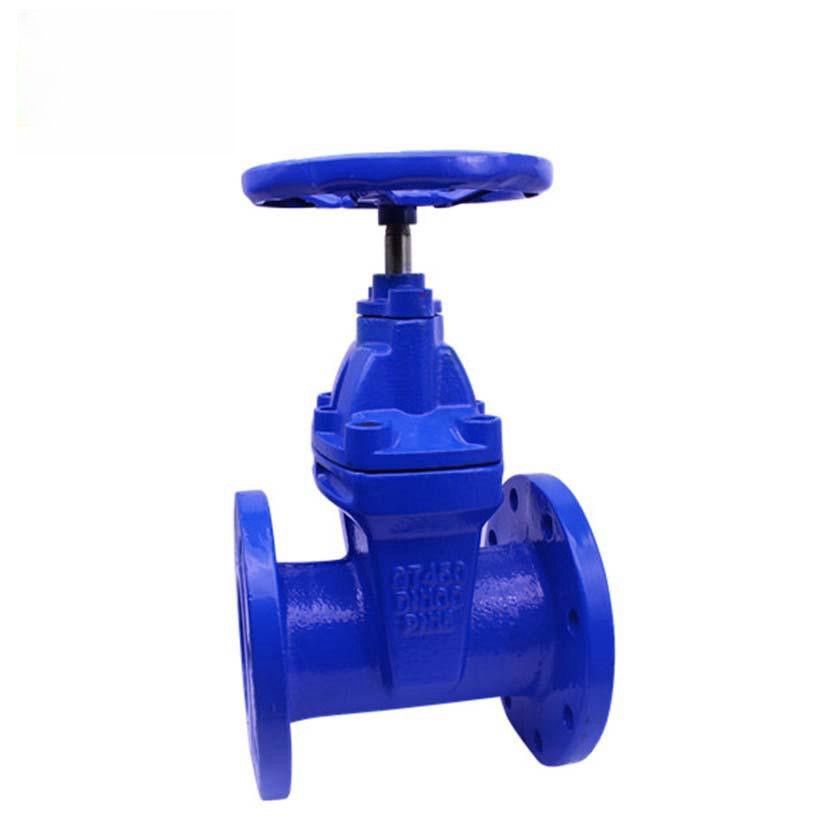Selecting the Right 3% 204% Foot Valve for Optimal Performance in Fluid Systems
Understanding the 3” and 4” Foot Valve Selection, Benefits, and Applications
Foot valves play a crucial role in various hydraulic systems, particularly in water pumping applications. Among the commonly used sizes are the 3-inch and 4-inch foot valves, which are vital for ensuring the proper operation of pumps by preventing backflow and maintaining priming. This article delves into the specifics of 3-inch and 4-inch foot valves, examining their features, advantages, and appropriate applications.
What is a Foot Valve?
A foot valve is a type of check valve that is installed at the bottom of a suction line, typically submerged in a body of water or liquid. Its primary function is to allow fluid to flow into the pump while preventing it from flowing back once the pump is turned off. This mechanism is critical for maintaining the prime of the pump, ensuring efficient operation, and preventing cavitation.
Key Features of 3” and 4” Foot Valves
Both 3-inch and 4-inch foot valves are constructed with durable materials designed to withstand diverse environmental conditions. They commonly feature
1. Material Composition Typically made of brass, stainless steel, or PVC, depending on the application. Brass and stainless steel options offer high durability and resistance to corrosion, making them suitable for harsh environments.
2. Screen Mesh Equipped with a strainer or mesh that filters out debris, preventing clogging of the pump system. The size of the mesh influences the valve's efficiency and suitability for specific applications.
3. Float Mechanism Some foot valves are designed with a float that allows them to rise and fall with the water level, ensuring optimal performance and reducing the risk of air entrapment.
Benefits of Using 3” and 4” Foot Valves
Using properly sized foot valves has several advantages
3 4 foot valve

1. Prevention of Backflow The primary function of a foot valve is to prevent the backflow of water, ensuring that the pump retains its prime. This is crucial for maintaining the efficiency and longevity of the pump.
2. Easy Installation and Maintenance Both 3-inch and 4-inch foot valves are relatively easy to install and require minimal maintenance. Regular inspections can ensure that the mesh is free of debris and that the valve is functioning correctly.
3. Versatility These valves are versatile and can be used in various applications, including irrigation systems, sump pumps, and industrial water management systems.
Selecting the Right Size
Choosing between a 3-inch and a 4-inch foot valve typically depends on the flow rate requirements of the pump and the diameter of the suction line. A 4-inch foot valve provides a larger opening for higher flow rates, making it ideal for applications requiring substantial water movement. Conversely, a 3-inch foot valve may suffice for smaller pumps or less demanding applications, offering a balance between flow rate and efficiency.
Applications of 3” and 4” Foot Valves
1. Agricultural Irrigation In farming, foot valves are crucial for pumps that draw water from rivers, lakes, or reservoirs to irrigate crops efficiently.
2. Industrial Use Foot valves are employed in industrial applications where regular water pumping is necessary, such as cooling systems, wastewater management, and process plants.
3. Residential Development Foot valves are also commonly used in residential water systems, particularly in wells, where they help ensure an uninterrupted supply of water.
Conclusion
In summary, 3-inch and 4-inch foot valves are essential components of various hydraulic systems, providing necessary backflow prevention and facilitating the efficient operation of pumps. By understanding their features, benefits, and suitable applications, end-users can make informed decisions when selecting foot valves for their specific needs. Proper selection and maintenance of these valves not only enhance the operational efficiency of pumping systems but also contribute to the longevity and reliability of the system as a whole. Whether used in agriculture, industry, or residential applications, foot valves remain a vital part of modern water management.
-
The Key to Fluid Control: Exploring the Advantages of Ball Valves in Industrial SystemsNewsJul.09,2025
-
The Versatile World of 1, 2, and 3 Piece Ball ValvesNewsJul.09,2025
-
Stainless Steel Ball Valves: The Ideal Choice for Efficient Flow ControlNewsJul.09,2025
-
Optimizing Fluid Control with Ball Float ValvesNewsJul.09,2025
-
Manual Gate Valves: Essential for Control and EfficiencyNewsJul.09,2025
-
Everything You Need to Know About Butterfly ValvesNewsJul.09,2025
-
The Versatility of Wafer Type Butterfly ValvesNewsJul.08,2025




